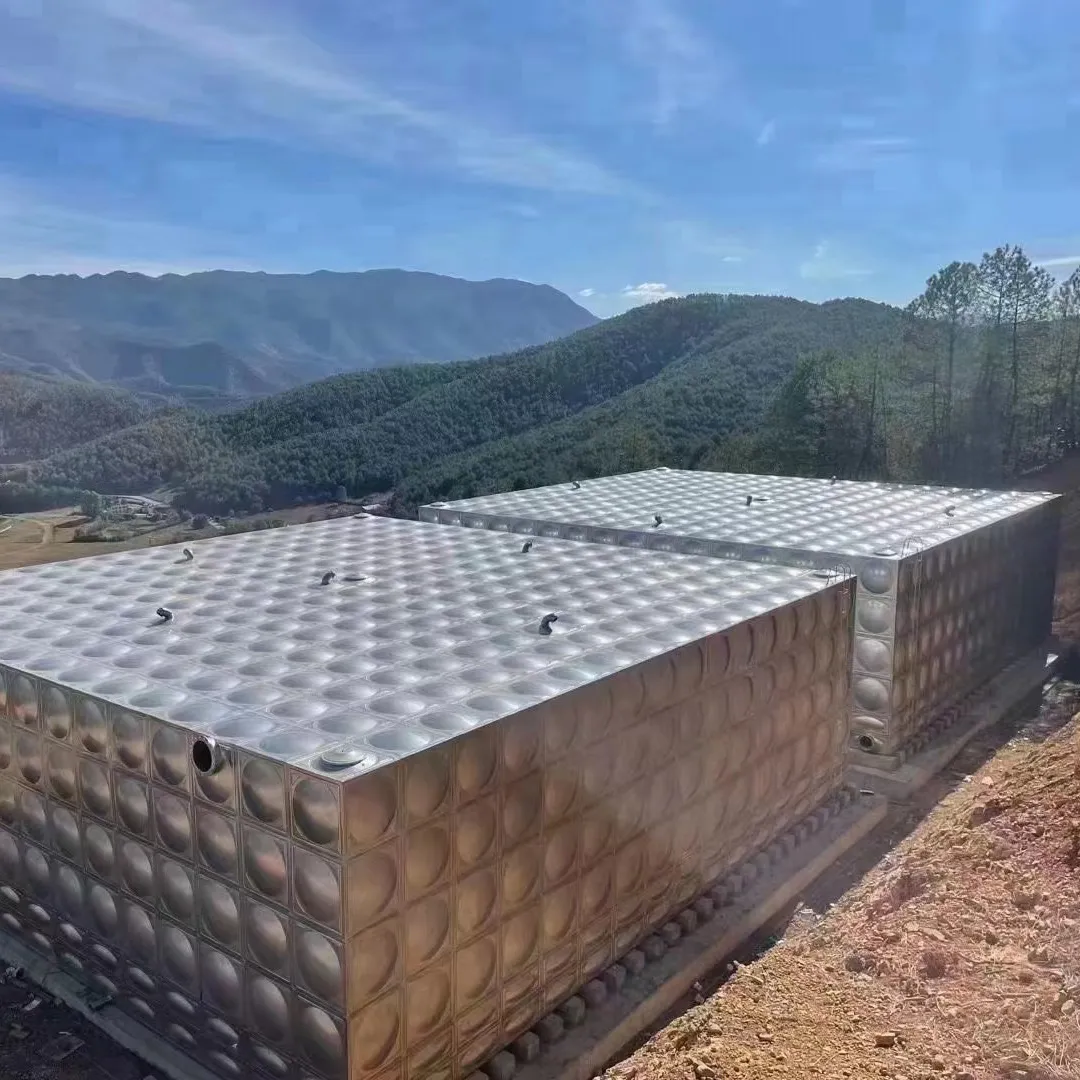loading...
- No. 9, Xingyuan South Street, Dongwaihuan Road, Zaoqiang County, Hengshui, Hebei, China
- admin@zjcomposites.com
- +86 15097380338
- Welcome to visit our website!
Cost Analysis of FRP Grating per Square Foot for Effective Budgeting
Understanding the Cost of FRP Grating per Square Foot
Fiberglass Reinforced Plastic (FRP) grating has become increasingly popular in various applications, especially in industrial and commercial settings. Its lightweight nature, durability, and resistance to corrosion make it an attractive alternative to traditional materials like metal and wood. However, one of the most pressing concerns for many buyers is the cost of FRP grating per square foot. This article delves into the factors that influence these costs, helping you better understand your investment in FRP grating.
Factors Influencing the Cost of FRP Grating
1. Material Quality The quality of the raw materials used in manufacturing FRP grating significantly impacts the overall cost. High-quality resins and fiberglass contribute to better strength, resilience, and longevity, but they also raise the price per square foot. Lower-quality alternatives may seem less expensive initially but could lead to higher long-term costs due to earlier replacement or repairs.
2. Type of Grating FRP grating comes in different types, including molded and pultruded grating. Molded grating is formed by compressing layers of fiberglass and resin, while pultruded grating is created through a continuous process that results in stronger and more uniform pieces. Pultruded grating typically costs more per square foot due to its superior strength and durability, making it suitable for high-traffic areas or extreme environments.
3. Thickness and Load Capacity The thickness of the grating and its load-bearing capacity also play crucial roles in determining costs. Thicker grating capable of handling heavier loads will naturally cost more. For example, FRP grating used in walkways may have different specifications than grating designed for industrial applications, where heavier loads are common. Therefore, understanding your specific needs will help you choose suitable grating without overspending.
frp grating cost per square foot

4. Custom vs. Standard Sizes Standard sizes of FRP grating are generally more affordable than custom sizes. If your project requires specific dimensions or cutouts, be prepared to pay a premium for these custom pieces due to additional manufacturing processes involved. It is advisable to evaluate whether your project can adapt to standard sizes, as this could lead to significant savings.
5. Surface Finish The surface finish of FRP grating can also affect the cost. Options like anti-skid finishes or UV-resistant coatings may be necessary for certain applications, particularly in outdoor environments. While these enhancements increase safety and lifespan, they also add to the price per square foot.
6. Supplier and Geographic Location Prices can vary between different suppliers and regions. Local availability, shipping costs, and supplier reputation all influence pricing. It is beneficial to request quotes from multiple suppliers and consider their lead times and customer service quality.
Conclusion
When considering the installation of FRP grating, understanding the costs involved per square foot is essential. Factors such as material quality, type of grating, thickness, customization, surface finishes, and geographic location can all significantly influence pricing. While it might be tempting to choose the cheapest option available, assessing the long-term cost benefits and performance of the grating will ultimately lead to a more informed decision.
Investing in quality FRP grating can yield substantial savings over time, minimizing maintenance and replacement costs while ensuring safety and durability. By carefully considering your specific needs and weighing the options, you can make a choice that aligns with your project requirements and budget, ensuring a successful outcome.
-
The Rise of FRP Profiles: Strong, Lightweight, and Built to LastNewsJul.14,2025
-
SMC Panel Tanks: A Modern Water Storage Solution for All EnvironmentsNewsJul.14,2025
-
GRP Grating: A Modern Solution for Safe and Durable Access SystemsNewsJul.14,2025
-
Galvanized Steel Water Tanks: Durable, Reliable, and Ready for UseNewsJul.14,2025
-
FRP Mini Mesh Grating: The Safer, Smarter Flooring SolutionNewsJul.14,2025
-
Exploring FRP Vessels: Durable Solutions for Modern Fluid HandlingNewsJul.14,2025
-
GRP Structures: The Future of Lightweight, High-Performance EngineeringNewsJun.20,2025
